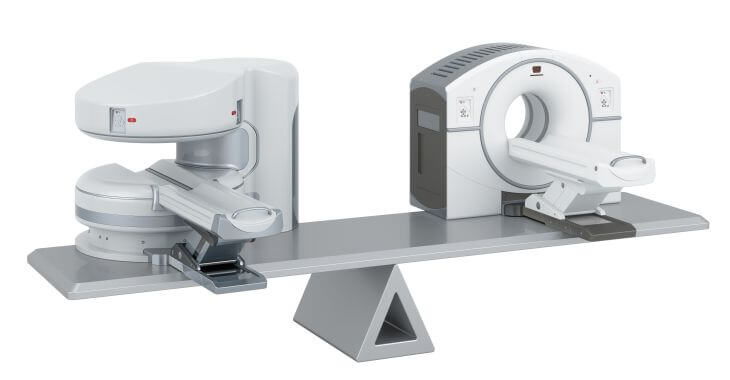Bone Density Test
A bone density test is performed to determine the state of your bones. In the past, the only way to know how strong or weak a person’s bones were was after a broken bone. But thanks to bone density scans, doctors are able to use X-rays to measure the grams of calcium and other minerals that make up bone material. These measurements help doctors determine whether you have osteoporosis – a disease that causes bone to become fragile and break easily.
Although osteoporosis is a disease more prevalent in women, men can also develop this condition. Common risk factors of osteoporosis are:
- A previously fractured bone. “Fragility fractures” occur when a bone has not healed properly and has become so weak that it breaks much more easily than one would expect. Fragility fractures have been known to occur from a strong sneeze.
- Certain medications. The use of steroid medications, such as prednisone, over an extended time period interferes with the body’s natural bone-rebuilding process.
- Lost height. People who have lost 4 or more centimeters in height may have compression fractures in their spines.
- A drop in hormone levels. Many women are at risk for osteoporosis after menopause due to the natural drop in hormones. Some cancer treatments also cause hormone levels to decrease. These lower hormone levels weaken bones.
Doctors are able to use bone density tests to identify lowering bone density, to determine your risk of broken bones, to confirm a diagnosis of osteoporosis, and to monitor treatment of osteoporosis. A bone density test is a non-invasive and painless test performed as an outpatient procedure. Test images are interpreted by a radiologist who will talk with your doctor to communicate the results to you. It’s never too early to understand the state of your bones, so call today to schedule an appointment.
Posted on behalf of Diagnostic Radiology Ultrasound & Breast Center, P.C.
The information provided on this website, including text, graphics, images, and other materials, is intended solely for informational purposes and should not be used as a substitute for professional medical advice, diagnosis, or treatment.

)